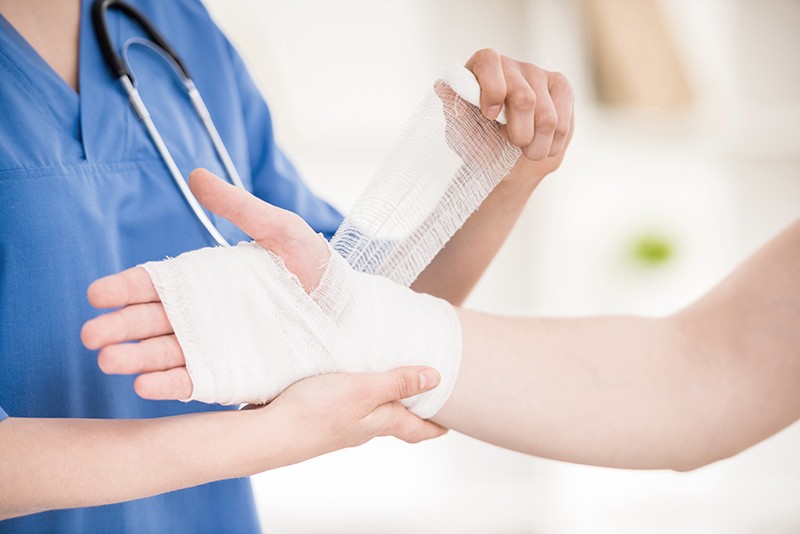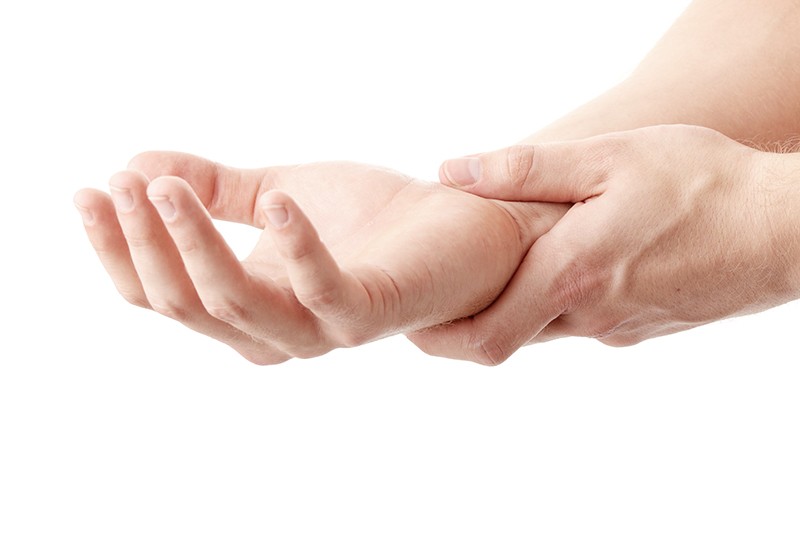HAND MICROSURGERY
The hands are one of the most important parts of human body. Hands are very complex organ with multiple joints, different types of ligaments, tendons and nerves. Intricate in design and function, the hand is an amazing work of anatomic engineering. Form follows function in the hand. Therefore, any injury to the underlying structure of the hand carries the potential for serious handicap. To reduce this risk, even the smallest hand injuries require proper medical evaluation.
Structure
- Bones
- Tendons
- Nerves
- Blood vessels
- Small joints
Causes of hand injuries
- Accidents – fractures, bruises, injuries to tendons or ligaments, injuries to nerves
- Work-related – trigger finger, tendinitis, carpal tunnel syndrome, De Quervain’s disease
Acute injury of hand
- Minor hand injuries e.g. cuts and soft tissue injuriesApply pressure to the wound to stop bleeding. Immobilize or splint finger or hand, if possible. Elevate the hand above the heart. Seek medical attention.
- Major hand injuries e.g. broken bones, injuries to tendons or nerves, and injuries to blood vesselsRetrieve amputated body part. If possible, cover, keep damp, and place near ice to cool. Do not place body part in direct contact with ice in order to prevent freezing. Seek medical attention. The injuries should be treated within 6 hours. A surgeon will repair the bones, tendons, nerves, and blood vessels respectively.

Management of hand injuries
The goal with injuries to the hand is a rapid and accurate initial evaluation and treatment. The treatment is different for each structure as stated below.
- BoneA hand fracture can be treated with nonsurgical or surgical treatment depending on the type and severity of the fracture. Some hand fractures require surgery to realign and stabilize the fracture fragments. Small metal devices – such as wires, screws, pins, staples, and plates – may be used to hold the pieces of fractured bone in place. As some fractures require prolonged immobilization in a cast or splint, your hand and fingers may become stiff. Therefore, it is important to treat the fracture properly and mobilize affected hands or fingers early after healing.
- TendonThe goal of the repair is to restore tendon continuity and function, with a secondary goal of allowing early motion of the injured digit. Optimal preparation and techniques are critical for minimizing adhesions and scar tissue formation and ensuring the best possible outcome. In addition, tendons of the hand tend to be thinner and flatter, and are located in close proximity to bony structures.This leaves them highly susceptible to adhesions and shortening, which can severely impair functions and a range of motion. In the past, tendon repair lead to scarring and the outcome told us it’s better not to repair the tore tendon.Nowadays, surgical techniques have improved and the outcome is better, as the repair leaves no scarring. If a tendon repair is delayed, the surgeon will use tendon grafting technique.
- NerveAs we go about our days, using our hands to carry out tasks, it is the nerves within the hand that enable communication to the brain and thus allows us to know what we are feeling and doing with our fingers and hands. Damage to the nerves within the hand can be particularly debilitating, resulting in severe pain, loss of sensation and other serious problems. The surgical method used to repair the nerve damage varies based on the extent and nature of the damage. As nerves are very small, a microsurgical technique is used to repair this important structure. In addition, quality of repair is particularly sensitive to the surgeon’s skills and experience.
- Blood vesselsA tear in blood vessel needs to be repaired quickly.
Skin injuries are very common especially as the hand is exposed and widely used in day to day activities. Skin injuries may be simple puncture wounds such as from a needle or it may be severe where a large area of skin may even die as it exposes the tissues below. If there has been a large area of skin loss, this needs to be replaced to seal in the deep tissues. If left the area of skin loss may heal but very slowly and with a lot of scarring causing stiffness. The skin loss is often replaced with skin grafts. 
Hand surgery – Time matters
The goal is to perform the surgery as soon as possible, so the patient will regain full function and be able to mobilize the hand quickly. The treatment depends on type, severity, and location of the injury. Therefore, when there is an injury to the hands, a patient should seek medical attention as soon as possible. Bangkok Bone and Joint Center at Bangkok International Hospital offers complete range of hand injury diagnostic, therapeutic, and surgical services. Our physicians not only have the depth and breadth of knowledge, but also the experience to treat complex problems of the hands.
For more information: Orthopedic Center, Bangkok International Hospital Call 0 2310 3000 or 1719







